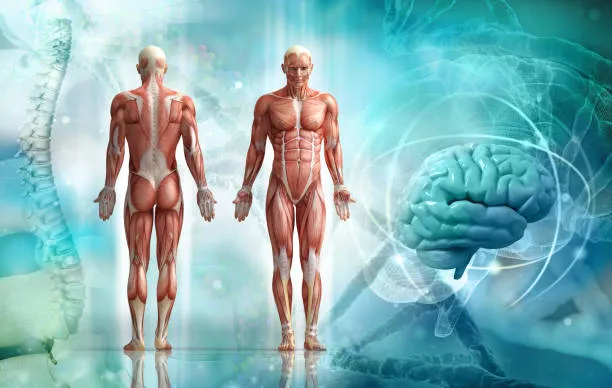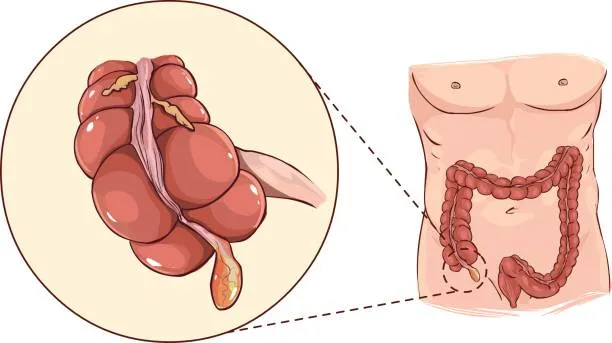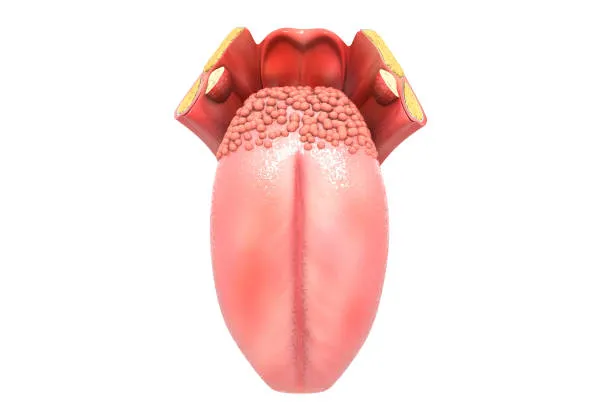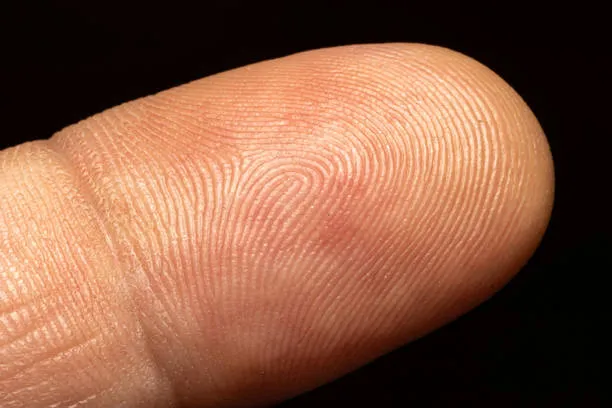
src
So, here is what happened, I stumbled upon a fascinating blog post by @Ireti ! here on stemsocial. It addressed some misconceptions about the human body and believe me, these misconceptions are definitely what you never thought of. Who would have thought childhood biology could have been so wrong, so wrong that the fact that it is wrong, sounds wrong. I mean most of these misconceptions were exam questions and we proudly answered it. This means one thing, even out teachers were wrong.
Now lets look at some of these misconceptions that Iretis blood post addressed, this will probably make you question everything you think you know in biology
The Appendix

src
Ireti's post begins with the age-old mystery of the appendix. For most of us, it's just that odd, tiny organ in our abdomen that seems to exist solely to create drama when it becomes inflamed. But hold on a minute, says Ireti, it's not just a troublemaker! In reality, the appendix might have a purpose, albeit a somewhat unexpected one. This tiny organ houses immune system tissues and might serve as a safe haven for beneficial bacteria. Imagine that, our appendix as a sanctuary for the good guys in our gut. Ireti, you're turning conventional wisdom on its head.
It's worth appreciating that even though it might not be a vital organ, the appendix might have a role to play in our overall health. While the risk of leaving an inflamed appendix untouched is still too great, this newfound perspective offers a more nuanced view of its function.
Tongue: The Taste Map Myth

Next on the list is the classic "taste map" of the tongue. You know the one, where different parts are said to be sensitive to specific tastes – sweet, sour, bitter, salty, and umami. This tale dates back to 1901 when a study suggested that our tongues have specific regions for different tastes. But, Ireti throws a curveball here - it's not our tongues doing the taste job; it's the brain calling the shots!
Taste buds are the real MVPs here, and they comprise around 100 taste receptor cells each, responding to various substances in our food. What's even more mind-boggling is that a study once showed that a mouse's brain could make them taste sweetness while consuming something bitter. So, the brain, not the tongue, is the master of ceremonies when it comes to taste.
This revelation leads us to a profound understanding of how our brain interprets taste, regardless of which part of the tongue encounters different flavors. It's almost like our brain is the ultimate food critic, giving meaning to our culinary experiences.
Fingerprint

src
Ah, fingerprints, those unique patterns at the tips of our fingers. We've all been told that no two people have identical fingerprints, and we've seen detectives solve crimes using these distinctive prints. But, as Ireti points out, there's more to this story than meets the eye.
There are three main types of fingerprints: whorls, loops, and arches. While these are distinct patterns, it turns out that within each type, there can be variations like ridge paths, breaks, and forks. In essence, this means that while those your fingerprint are indeed specially unique, there might be similarities with others, yeah, especially if you share the same type of fingerprint.
The implicatiions of this are quite fascinating. It highlights that while fingerprints are an incredibly valuable tool for identification, they aren't necessarily foolproof. It's a reminder that in the world of forsensic science, there's always a margine for error and the possibility that someone could be falsely accused due to these simillarities.
The Urine Conundrum

Lastly, let's talk about dark urine and dehydration. We've probably all been conditioned to believe that if our urine isn't crystal clear, we need to drink water pronto. We're told that clear urine is the gold standard for hydration, and anything less is a red flag. But here, Ireti throws a curveball our way.
The color of our urine can be influenced by a myriad of factors, such as diet, medications, and various medical conditions. So, before you start downing water bottles like there's no tomorrow just because your urine isn't clear, consider the bigger picture. Overhydrating by excessively diluting your urine with water can lead to its own set of problems, such as hyponatremia, a condition where your blood's sodium levels become dangerously low.
In a nutshell, urine color alone isn't always an accurate indicator of hydration. Instead, it's better to assess your overall well-being and thirst levels. This insight makes us rethink the one-size-fits-all approach to maintaining proper hydration.
In Conclusion
Now you see what what I have to realise is that in a world filled with biological myths, write up like Ireti's serves as a much-needed reality check. It's a reminder that our understanding of the human body is continually evolving. What we once took as gospel may not stand the test of time and scientific scrutiny.